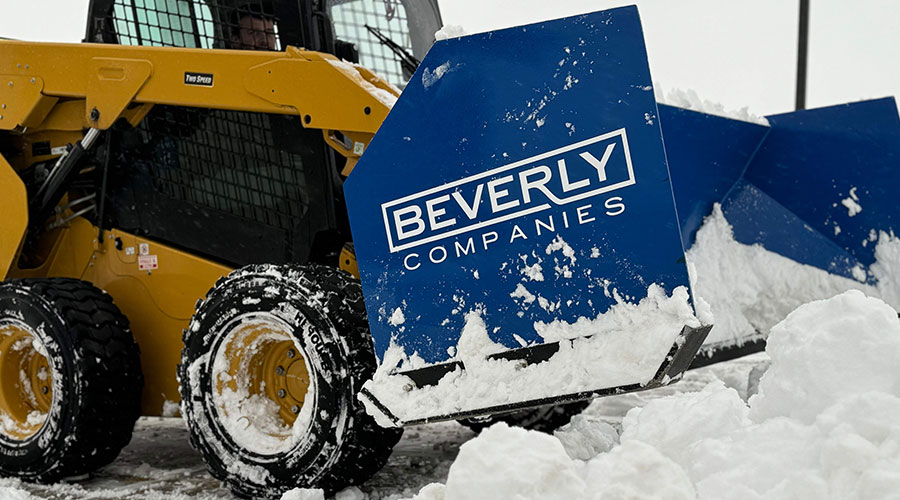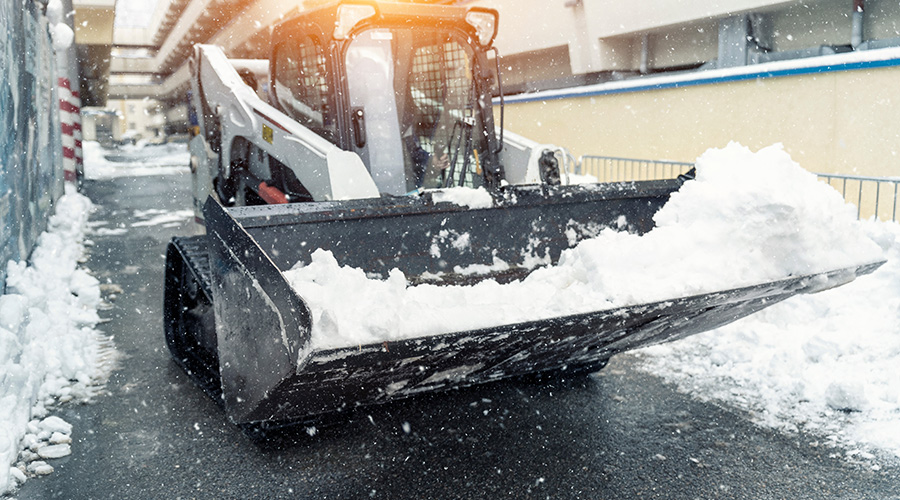Fleet Management: Budget Constraints Affect Repair-Replace Decision
In deciding when to replace equipment, managers need to consider their budget constraints, among other factors.
“We start with good quality equipment to get the most value,” O’Donnell says. “Then we project the life expectancy of the vehicle or equipment and program out replacements. We usually keep large equipment, including mowers, four to five years, maybe six. We evaluate maintenance expenditures, and when they’re above a certain amount, depending on the piece of equipment, we will adjust the replacement schedule accordingly.”
Reinhardt has a little different approach.
“Sometimes, we just take advantage of deals,” he says. “Our skid steer is just two years old, but just recently, the dealer offered us a brand new model on trade at 0 percent interest. Our payments would not change. We traded the two-year-old (model) and extended our payments out by two years. But we also got two additional years’ warranty.”
Managers also can find savings by keeping a close eye on spare-parts inventories for their grounds equipment fleets. For example, Reinhardt recommends cleaning out the storeroom occasionally.
“We went through our shop and found new parts for mowers that we didn’t even own anymore — broken equipment and a variety of other things that were just put in storage,” he says. “We parted out the broken equipment, scrapped the metal, and listed the parts on an online auction site. We took in $5,000.”
Related Topics:














